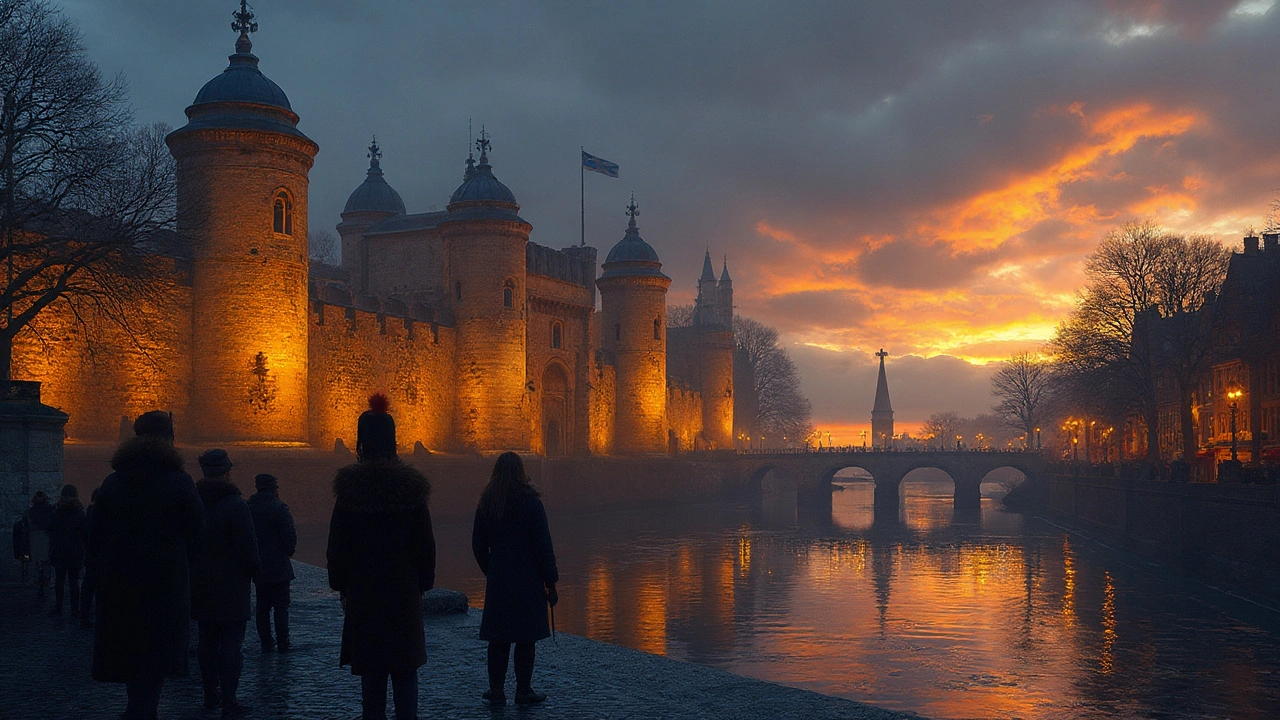
The Tower of London: Discovering London's Historic Castle and Architectural Wonder
Explore the fascinating story of the Tower of London, its history, architecture, legends, and top tips for your next visit to one of the most iconic London attractions.
View More